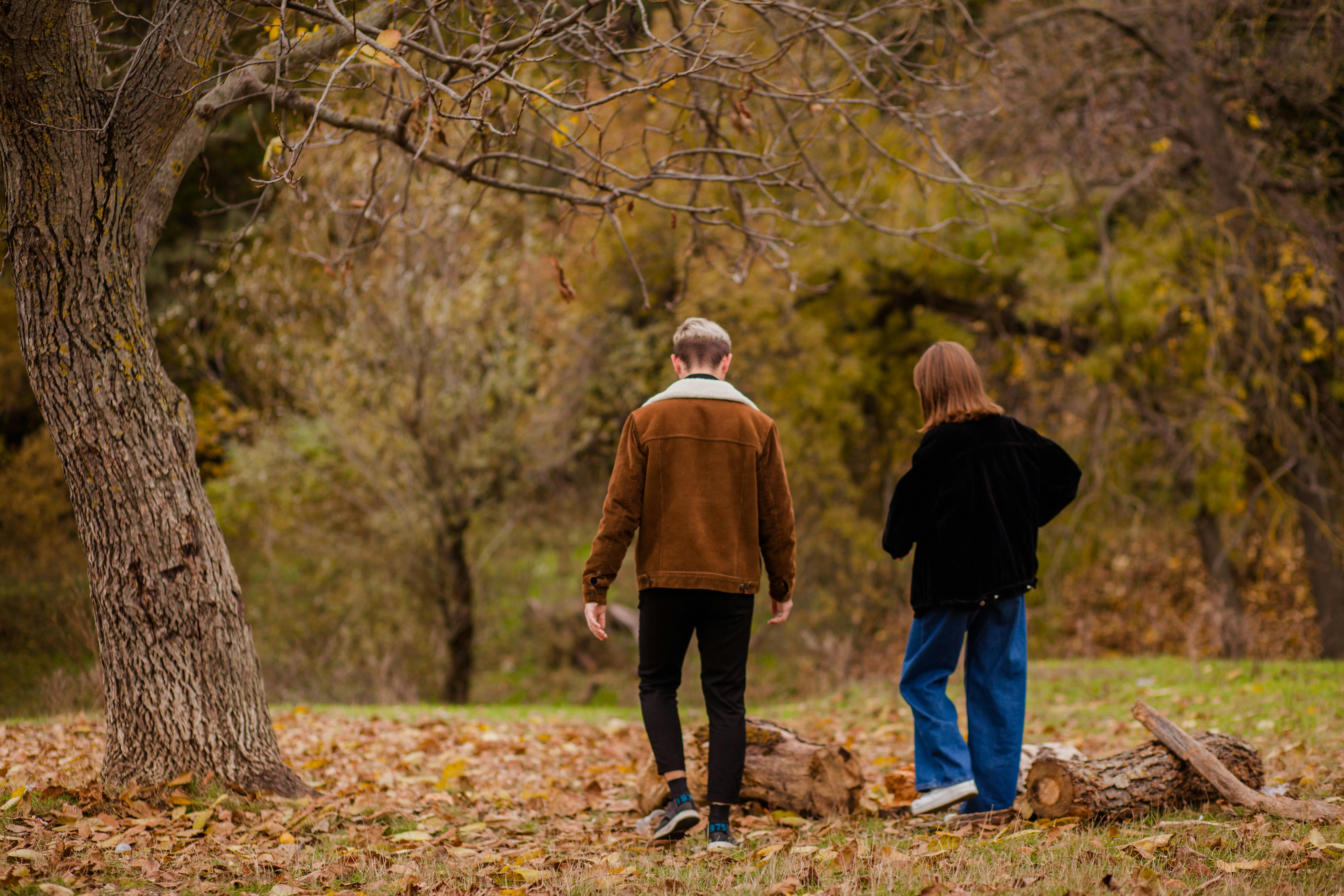The Oxford Pocket of Current English Dictionary defines rave as “speaking wildly or incoherently, as if one were delirious or mad”.
The rave party trend began sometime in the 1980s in the West, where people would usually gather around a campfire, on the weekend and have fun together with DJs and other artists playing electronic music from dance. Over time, these parties became associated with all sorts of weird stuff, from trance music, parapsychological out-of-body experiences, and psychedelic drug experiments to sex, dating, and swingers.
In recent times, rave parties have become synonymous with late-night partying and the use of drugs such as cocaine, marijuana, hashish, ecstasy, acid and speed. Dope-eyed youngsters invariably come home in the wee hours of the morning, take Valium sleeping pills, and then struggle to get back to work in the morning, waiting for the next opportunity to get back to the party.
According to a senior police officer, unlike conventional parties where people gather and consume food and alcohol, and only a few can secretly do drugs behind closed doors, rave parties are more drug-related events in which almost everyone openly tries one or a combination. of party drugs such as ecstasy, heroin, cocaine, hashish, LSD, codeine, ice, ephedrine or marijuana.
College students take ecstasy, at Rs 300-400 per tablet, with an “ecstatic duration” of five to six hours (ideal for a party). The cocaine, which costs between Rs 3,000 and 5,000 per gram depending on quality, is usually inhaled by a slightly older generation starting in their late 20s and progressing to their mid-30s. Young people sometimes have a cocktail of drugs to keep up with the changing music. Mixing drugs can be very dangerous and should be avoided at all costs.
This is precisely what makes rave parties a kind of secret clandestine gathering to experiment with drugs. “Unlike conventional parties, where someone you know is hosted, throws a party and pays the bill for food and drink and you don’t have to spend anything, raves are invariably tax affairs and their frequency increases significantly. during the festive season,” explained Praveen B, a senior event management executive.
“At a traditional party, you are expected to behave in the way that most so-called ‘normal’ people expect of you…whereas at a rave party it is quite ‘normal’ to take drugs and indulge in sexual acts and Since that’s what a lot of people around you are indulging in, there’s nothing shameful or shocking about it,” said Tanmoy (name changed), a businessman who attended one of the events in Gurgaon a few months ago. .
Speaking on condition of anonymity, an executive from the public relations agency said that most rave parties are organized by drug cartels as a trade promotion exercise, although many people who frequently attend these parties may not be aware of this. . According to her, the hidden motivation behind organizing rave parties is to promote the sale of drugs among the younger generation, but since this cannot be done openly, the real organizers remain in the background and the invitations are sent out to a community closeness of friends and contacts through social networks. networking sites like orkut or facebook.
The modus operandi is simple, the organizer promotes the party through sites like orkut or sends individual text messages and emails, requesting the selected invitees to arrive at the venue since “a gala party is taking place where they will be present high-profile people and celebrities”. ‘.
Since it is not legal to host such parties, they are usually held in secluded locations, away from the main city. At the entrance of the party venue, guests must prove their identity before being allowed in. There is usually a cover charge of Rs 5,000 or more per couple for food and drinks, but medicines must be paid for in cash.
“Many of my friends ended up in a debt trap due to their drug habits. They had to borrow money from friends to pay for drugs consumed at parties, and as a result, the next day they were seen borrowing from someone else for pay”. yet another loan,” explained Barkha, a university student.
Recently, ket or K, ketamine, a veterinary anesthetic, has begun to emerge as the latest substance of abuse at metropolitan rave parties after hallucinogens such as ecstasy and gamma hydroxy butyrate. When injected, inhaled or smoked, it gives an OOBE or near death experience for about an hour. At Rs 35,000/kg it is quite affordable. But at the same time, since it is not a prohibited or scheduled drug, it is difficult for enforcement agencies to register cases under the Narcotics and Psychotropic Substances Act (NDPS).
How do we explain this new trend among young Indians towards rave parties? Is this a reflection of how parents are giving too much money to their children to make up for their own lack of time? Do parents today care or bother to find out how their children spend money? Should we just dismiss all of this as a passing phase in the life of youth and a fact of life? Or should rave parties, which have become an excuse for sex, alcohol and drugs, be banned in our country?
All of this has serious ramifications, as nearly 35% of all new HIV infections in India each year occur among young people aged 15-24. Every day, more than 6,000 young people, almost five every minute, become infected with HIV.




